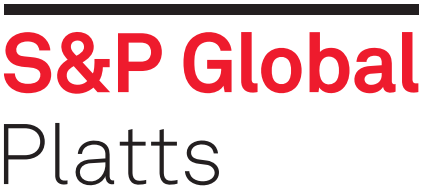Delivered hydrogen prices of below Eur3/kg ($3.10/kg) would be needed for breakeven green steel production in Europe in the current high energy price environment, industry group Hydrogen Europe said in a new report.
The cost of producing renewable hydrogen via alkaline electrolysis in Europe was assessed at Eur10.70/kg ($11.18/kg) May 11 (Netherlands, including capex), based on month-ahead power prices, as per S&P Global Commodity Insights data.
Hydrogen prices would need to fall to below Eur1.50/kg in an “adjusted prices scenario,” which assumed prices falling to reflect potential future fossil fuel price drops, Hydrogen Europe said in its “Steel from Solar Energy” report, published May 11.
The estimated breakeven CO2 price in both scenarios is Eur140/mt, it said.
European carbon allowance prices for December 2022 delivery under the emissions trading scheme settled at Eur88.83/mtCO2e on May 11, according to a Platts assessment published by S&P Global.
The report models the costs for hydrogen-based direct reduction of iron ore coupled with an electric arc furnace, versus a base case of blast furnace steel production.
Blast furnace steel production typically produces around 1.6-2.0 mt of CO2 per ton of crude steel.
With current renewable hydrogen production and delivery costs, the higher costs of the DRI route with hydrogen would add around Eur100-170 per vehicle for a typical internal combustion engine car.
Hydrogen Europe noted that its estimates were based on current electrolyzer and solar photovoltaic costs.
“It is expected that a further decrease of the solar PV technology costs, coupled with a reduction in electrolyzer capex, resulting from scaling-up and automation of the manufacturing process, should lead to a significant fall in renewable hydrogen production costs in the coming decade,” it said.
Electrolyzer capex costs alone were expected to fall by around three quarters compared to current levels in that period.
In the meantime, Hydrogen Europe said, “significant financial support would be needed” if consumers are not willing to pay a green premium.
Scaling up
A second challenge was scale, the association said. There was around 103 million mt/year of hot metal blast furnace capacity across the EU, it said.
Switching all of that capacity to hydrogen-based DRI could save up to 196 million mt/year of greenhouse gas emissions, but would need up to 5.3 million mt/year of renewable hydrogen, and 370 TWh of additional renewable electricity generation.
Europe added 31 GW of new solar capacity in 2021 with annual growth forecast to double to 75 GW by 2026, Solar Power Europe said in a report May 10.
Germany was forecast to lead Europe’s 2022 additions with 7.4 GW of the predicted 39 GW total across Europe in 2022, it said.
The EU is targeting 10 million mt/year of renewable hydrogen production by 2030, with an additional 10 million mt/year of imports by that date.
Hydrogen Europe said converting a single steel plant with a capacity of 4 million mt/year of crude steel would need 1.2-1.3 GW of electrolysis running at full capacity.
It estimated this could require Eur3.3 billion of capital investment.
And to guarantee a steady supply of renewable hydrogen from intermittent renewables, significant hydrogen storage would also be needed.
Hydrogen Europe said a relaxing of proposed strict temporal correlation rules for renewable power and hydrogen production under the EU’s revised renewable energy directive would help increase the renewable energy share in hydrogen production.
It suggested a 24-hour period in which operators could balance renewable energy production with its consumption for hydrogen output.
— James Burgess






